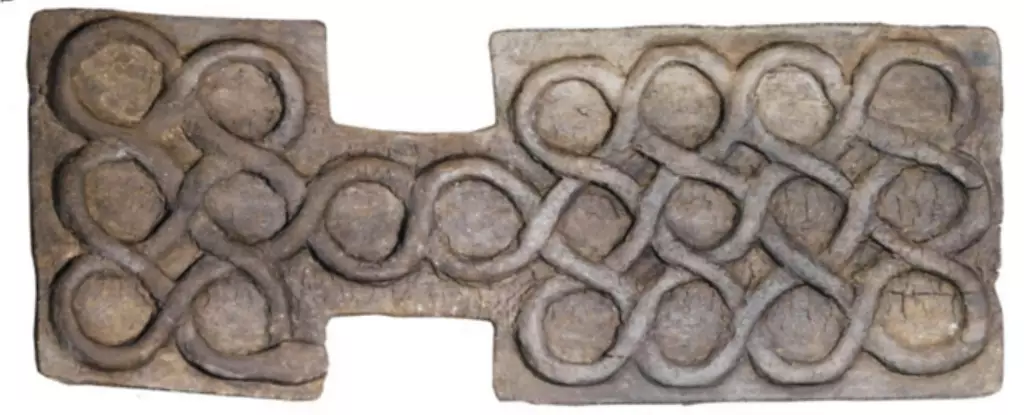In an age where digital entertainment dominates our leisure time, the allure of traditional board games continues to endure, bridging generations and fostering social connections. One tantalizing relic from the past is a board game discovered in the ancient city of Shahr-i Sokhta in southeastern Iran. Unearthed nearly fifty years ago in 1977, this intriguing find has now captured the attention of archaeologists and gaming enthusiasts alike, leading to new insights about how our ancestors may have entertained themselves.
Shahr-i Sokhta, which thrived around 2600-2400 BCE, was an important urban center in the eastern Iranian plateau. The recent analysis of a recovered game set has revealed a complex world of rules and strategies that could reshape our understanding of ancient gaming practices in the Near East. This discovery not only provides a glimpse into the social lives of those who lived thousands of years ago but also serves as a reminder of the enduring power of games to bring people together.
The game set unearthed from a grave dating back approximately 4,500 years included an assortment of items: a game board, 27 playing pieces, 20 circular spaces to house the pieces, and four uniquely shaped dice. Notably, the game shares similarities with the Royal Game of Ur, yet the differences have presented challenges in discerning its precise rules.
Researchers Sam Jelveh from the University of Essex and independent archaeologist Hossein Moradi utilized innovative methods to unlock the mysteries of this ancient game. By marrying physical evidence gleaned from the artifacts with contemporary modeling techniques, they laid out a plausible set of rules that may have governed the game’s play. This meticulous reconstruction process enriches our understanding of the cognitive and social dimensions of gaming in human history.
The proposed rules suggest a dynamic gameplay experience involving two players, each equipped with ten ‘runner’ pieces. These pieces, supported by star-like safe houses and cone-like blockers, create a strategic environment that invites players to think critically and outmaneuver their opponent. The board itself features a unique design that resembles a snake, complete with a main section for initial moves, a bridge for strategic navigation, and distinct ends representing the snake’s head and tail.
Crucially, dice rolls dictate movement, adding an element of chance that intertwines with player strategy. This combination of skill and luck encapsulates not only the essence of the game itself but also reflects the complex dynamics of ancient social interaction, where competition and collaboration would have coexisted.
Understanding Historical Significance
The research notes that the proposed rules are not definitive indicators of how the game was played in its original context. Instead, they offer an informed hypothesis based on the game pieces’ roles and the structural parallels with other known games. The findings hint at a rich tapestry of board game culture during the era, with over a hundred similar games uncovered in archaeological digs, each reflecting variations in materials and design.
Interestingly, these ancient games, often referred to as “the game of twenty squares,” highlight the widespread enjoyment and communal importance of game playing among various ancient civilizations. This suggests that leisure and entertainment were values highly regarded even in antiquity, revealing a fundamental aspect of human nature that transcends time.
The exploration of the Shahr-i Sokhta game serves as a fascinating reminder of our shared heritage and the timeless appeal of board games. As we delve into these ancient practices, we uncover not only rules for play but also insights into the social fabric of past civilizations. In a world ever-evolving with new technologies, the resurgence of interest in traditional games ensures that our connection to history will endure, reminding us of the profound impact of play on human relationships across time and culture. Whether through laughter, competition, or cooperation, games continue to weave threads that link us to our ancestors, emphasizing that the joy of play is a universal experience that knows no bounds.


Leave a Reply